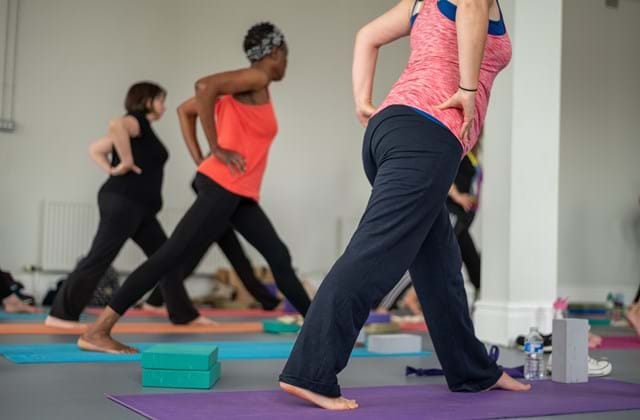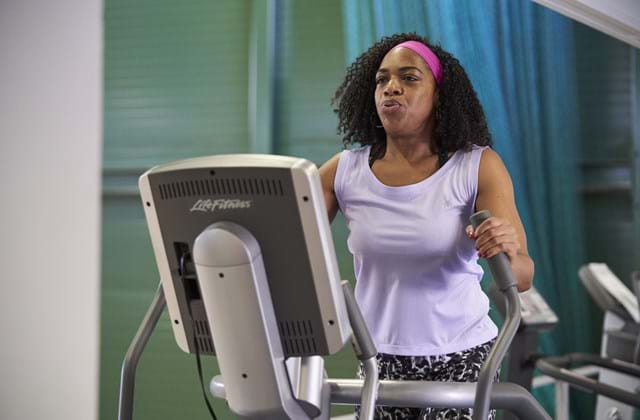People, families and communities
A key GM Moving priority is to work with and meet the needs of Greater Manchester’s people, families and communities, in all their diversity, to enable everyone to live an active life.
People, families and their communities are integral in creating the right environment, opportunity and motivation to becoming active. We know that we need to develop a greater understanding of communities’ priorities and challenges to be able to meet them where they are today. By doing this we will enable people to make sustainable changes to their habits and behaviours so that they can lead a healthy, active life.
Our approach
- Strength-based: Making the most of the key chances we have to make a collective impact, building on existing assets and community potential.
- Evidence-based: Embedding an evidenced-based approach to enable more people to live active lives. By developing a greater understanding of the multiple interconnecting demographic, spatial and socio-economic barriers to people living an active life, we can work together to dismantle those barriers.
- ‘Nothing about us, without us’: We will listen more and work together with people and communities to co-design new structures, offers and solutions, using a proportionate response of resources and blend of universal and targeted interventions to where they are most needed.
- Holistic approach to behaviour change: To enable better lives for our population, we need to commit to prevention by creating a behaviour change culture, designed in from the early years to later life. We know that healthy behaviour habits, such as engaging in activity from a young age, remain with us throughout our life course.
- Think family and community: A community or family is at the heart of an individual’s experience with movement. We all need to recognise the role we play in supporting others through life’s key milestones and in creating positive experiences. More will be achieved by building on existing relationships instead of identifying people in silo. In doing this, we begin to see individuals in their own system as parents, colleagues, friends and carers; recognising the opportunities they have to influence others around them. Understanding the intersectionality of families and where we can add the most value to healthy life expectancy across the life course.
- Pay attention to transitions and milestones: It’s vital that we address the transition from childhood through to adulthood and identify the pivotal moments that impact on relationships with activity; for example the transition from primary to secondary school.
- Designing into spaces and places: By identifying where individuals spend their time, we can create opportunities to impact. For example, addressing how we enable active workplaces and active education settings by supporting organisations to design activity into everyday life, as well as working with alternative agencies to support people outside of mainstream systems to keep active.
Further details please contact
- Eve Holt
Strategic Director - [email protected]
- 07812 157761




